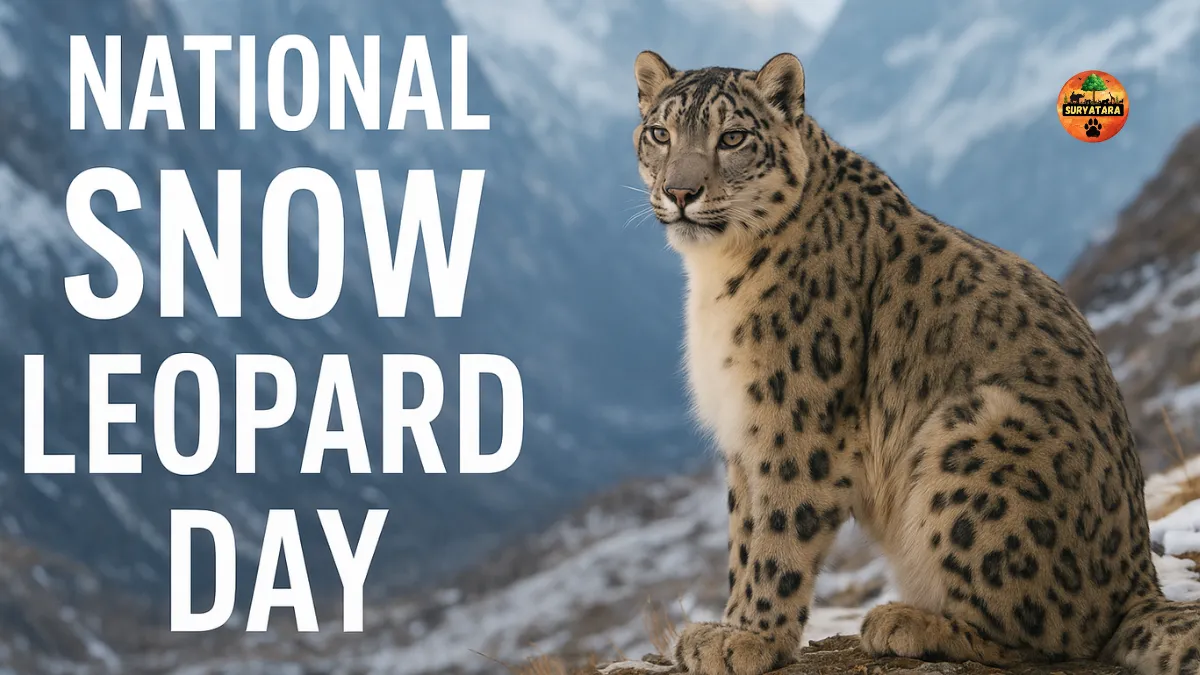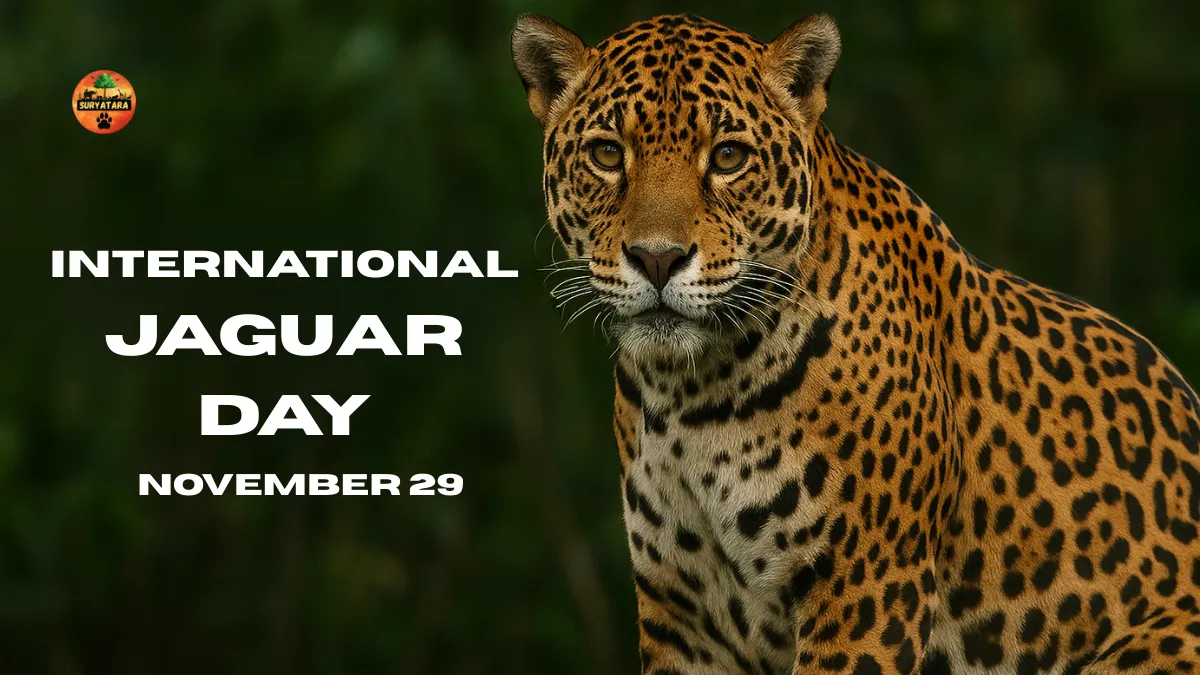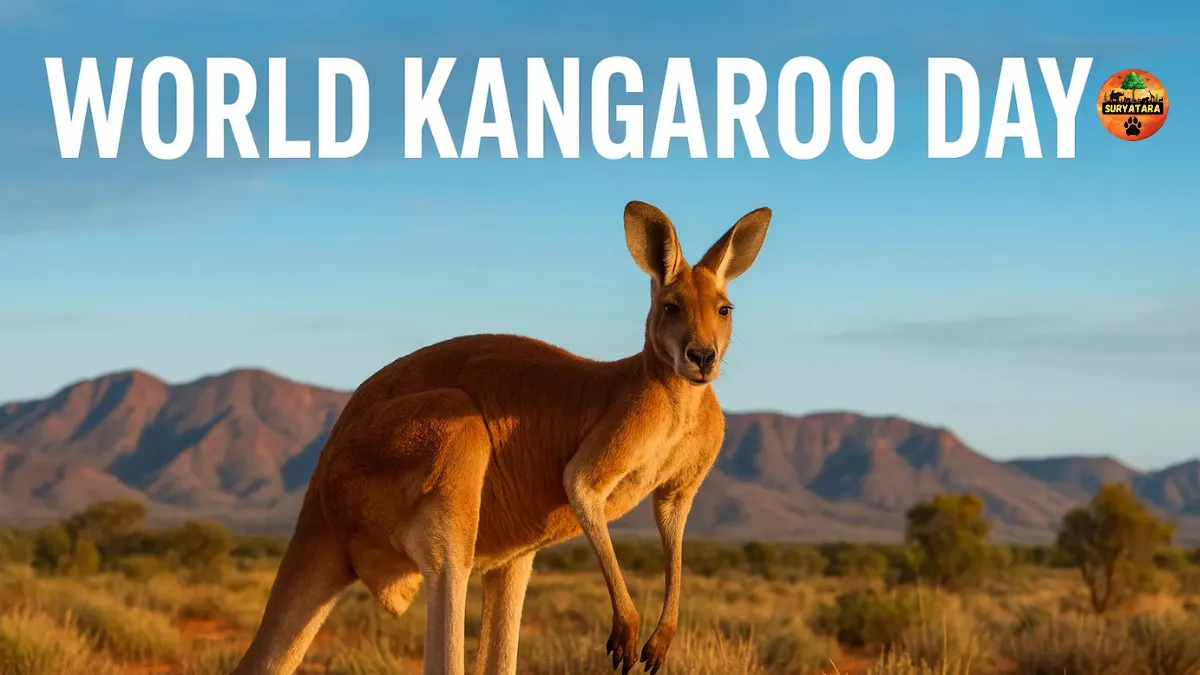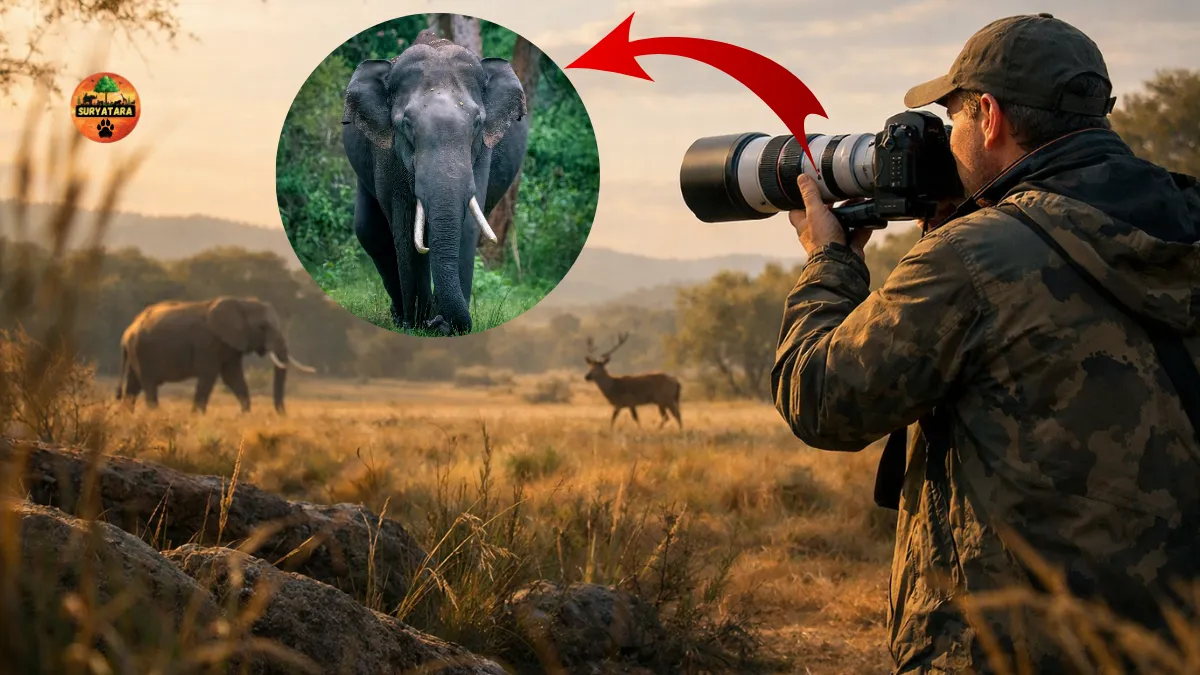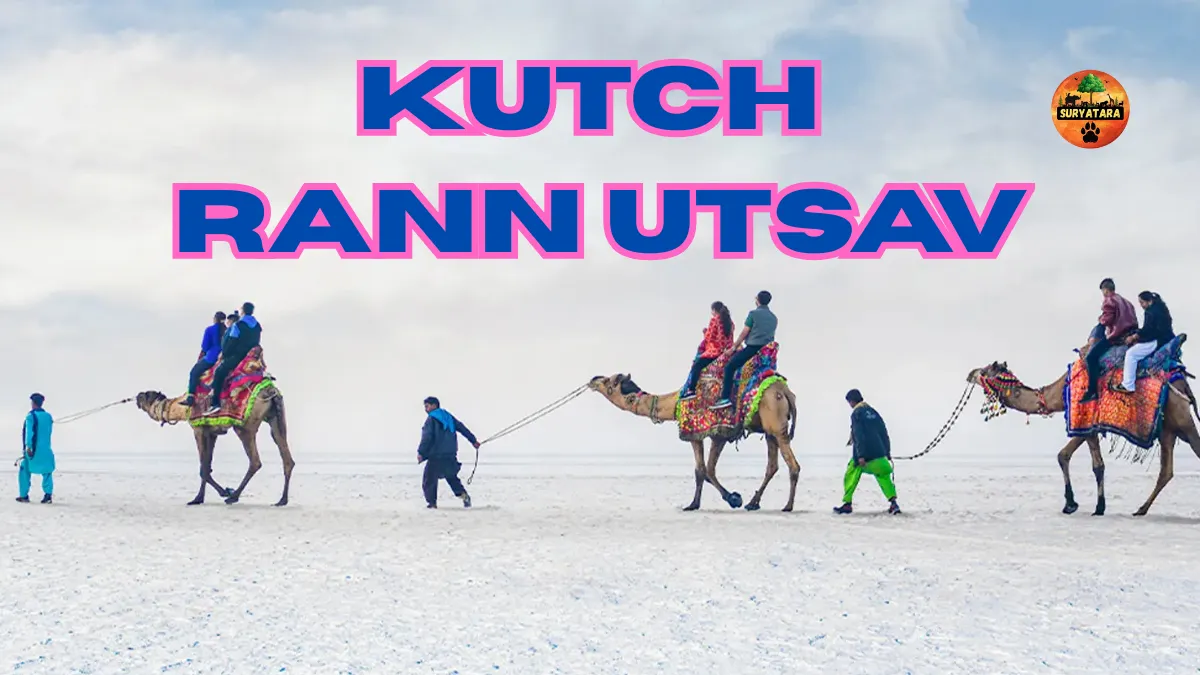International Snow Leopard Day is celebrated every year on October 23 to raise awareness about the endangered snow leopard and to promote global efforts to protect its fragile mountain ecosystem. The day highlights the importance of conserving this elusive predator, often called the “Ghost of the Mountains,” which plays a vital role in maintaining ecological balance across the high mountain ranges of Central and South Asia.
The Significance of National Snow Leopard Day
National Snow Leopard Day was first observed in 2014, after the adoption of the Bishkek Declaration on the Conservation of the Snow Leopard during the Global Snow Leopard Conservation Forum held in Bishkek, Kyrgyzstan, in 2013. Since then, October 23 has been commemorated by the 12 snow leopard range countries, including India, Nepal, Bhutan, China, Mongolia, and Russia.
The primary goal of this observance is to unite nations, scientists, and conservationists to ensure the long-term survival of snow leopards in the wild. It also serves to remind people that protecting snow leopards means protecting the entire mountain ecosystem that sustains both wildlife and human communities.
Why Snow Leopards Are Important
Snow leopards are top predators that play a crucial role in maintaining the balance of mountain ecosystems. By controlling populations of herbivores like blue sheep and ibex, they prevent overgrazing and protect fragile alpine vegetation.
Their presence also indicates the overall health of the high-altitude environment, often referred to as the “water towers of Asia”, because these mountains provide water to nearly one-third of the world’s population.
However, due to habitat loss, poaching, and climate change, snow leopards have become increasingly vulnerable. The International Union for Conservation of Nature (IUCN) lists them as Vulnerable on the Red List of Threatened Species, with an estimated global population of 4,000 to 6,500 individuals remaining in the wild.
Threats Facing the Snow Leopard
- Poaching and Illegal Trade:
Snow leopards are often hunted for their beautiful fur and bones, which are illegally traded for luxury goods and traditional medicines. - Human-Wildlife Conflict:
In mountain communities, herders sometimes kill snow leopards in retaliation for preying on livestock, which is often their main source of livelihood. - Habitat Loss and Fragmentation:
Expanding infrastructure, mining, and human settlements in mountainous regions have encroached on snow leopard habitats. - Climate Change:
Rising temperatures are altering the snowline and forcing prey species to move to higher altitudes, further shrinking the snow leopard’s range.
Conservation Efforts on International Snow Leopard Day
International Snow Leopard Day serves as a reminder of the collective efforts made globally to protect this magnificent cat. Several initiatives and programs are being implemented across countries:
- Global Snow Leopard and Ecosystem Protection Program (GSLEP):
A joint initiative of 12 range countries to secure at least 20 snow leopard landscapes by 2025 where the species can thrive sustainably. - Community-Based Conservation:
Programs involving local people help reduce human-wildlife conflict through awareness, livestock insurance schemes, and the promotion of eco-tourism. - Camera Trap Monitoring and Research:
Conservationists use modern technology to monitor snow leopard populations, study their behavior, and track habitat changes. - Protected Areas and Corridors:
Governments are expanding national parks and wildlife sanctuaries to ensure safe migration corridors between snow leopard habitats.
Also read: Best Cameras for Wildlife Photography: Capture Nature’s Most Breathtaking Moments Like a Pro
India’s Role in Snow Leopard Conservation
India is home to around 500 to 700 snow leopards, mainly found in Ladakh, Himachal Pradesh, Uttarakhand, Arunachal Pradesh, and Sikkim. The country has taken several important steps to protect this elusive species:
- Project Snow Leopard (2009):
Launched by the Indian government to promote landscape-level conservation across the Himalayan region. - SECURE Himalaya Project:
A joint initiative by the Ministry of Environment, Forest and Climate Change and the UNDP that integrates biodiversity conservation with sustainable livelihoods for mountain communities. - Snow Leopard Population Assessment in India (SPAI):
A scientific effort to estimate population numbers using camera traps and genetic analysis, helping improve conservation planning.
On National Snow Leopard Day, India’s conservation agencies, NGOs, and local communities organize awareness campaigns, art competitions, and educational programs to promote coexistence and conservation ethics.
Also read: Barnawapara Wildlife Sanctuary: A Must-Visit Destination for Wildlife Lovers in India
How You Can Contribute on National Snow Leopard Day
Even if you live far from the mountains, your actions can make a difference. Here’s how you can participate:
- Spread Awareness: Share information about snow leopards on social media using hashtags like #NationalSnowLeopardDay and #SaveTheSnowLeopard.
- Support Conservation NGOs: Donate or volunteer for organizations such as the Snow Leopard Trust or WWF.
- Promote Sustainable Tourism: Choose eco-friendly travel options and respect local communities and wildlife habitats.
- Reduce Your Carbon Footprint: Climate change directly affects mountain species—small lifestyle changes help protect their environment.
Facts You Should Know About Snow Leopards
- Scientific Name: Panthera uncia
- Average Lifespan: 15–18 years in the wild
- Range: 12 countries across Asia
- Altitude: Found between 3,000 to 5,500 meters above sea level
- Key Prey: Blue sheep, ibex, marmots, and pikas
- Adaptations: Thick fur, wide paws for walking on snow, and long tails for balance and warmth
Also read: Shoolpaneshwar Wildlife Sanctuary: A Complete Travel & Wildlife Guide
Conclusion: Protecting the Ghost of the Mountains
International Snow Leopard Day reminds us that conservation is not just about saving one species—it’s about protecting an entire ecosystem that sustains countless forms of life, including humans. The snow leopard’s silent strength and beauty symbolize the wild spirit of the Himalayas and Central Asia’s rugged mountains.
As global citizens, we must take responsibility to ensure that future generations can continue to marvel at the sight of this majestic creature roaming free in its snowy domain. Every action—big or small—taken on this day adds to the growing movement to save the snow leopard and secure the future of our planet’s high-altitude wilderness.
Key Takeaway:
National Snow Leopard Day is a global call to action to protect one of the world’s most mysterious and endangered big cats. By supporting conservation, promoting coexistence, and raising awareness, we can help ensure that the Ghost of the Mountains continues to thrive in the wild for generations to come.
